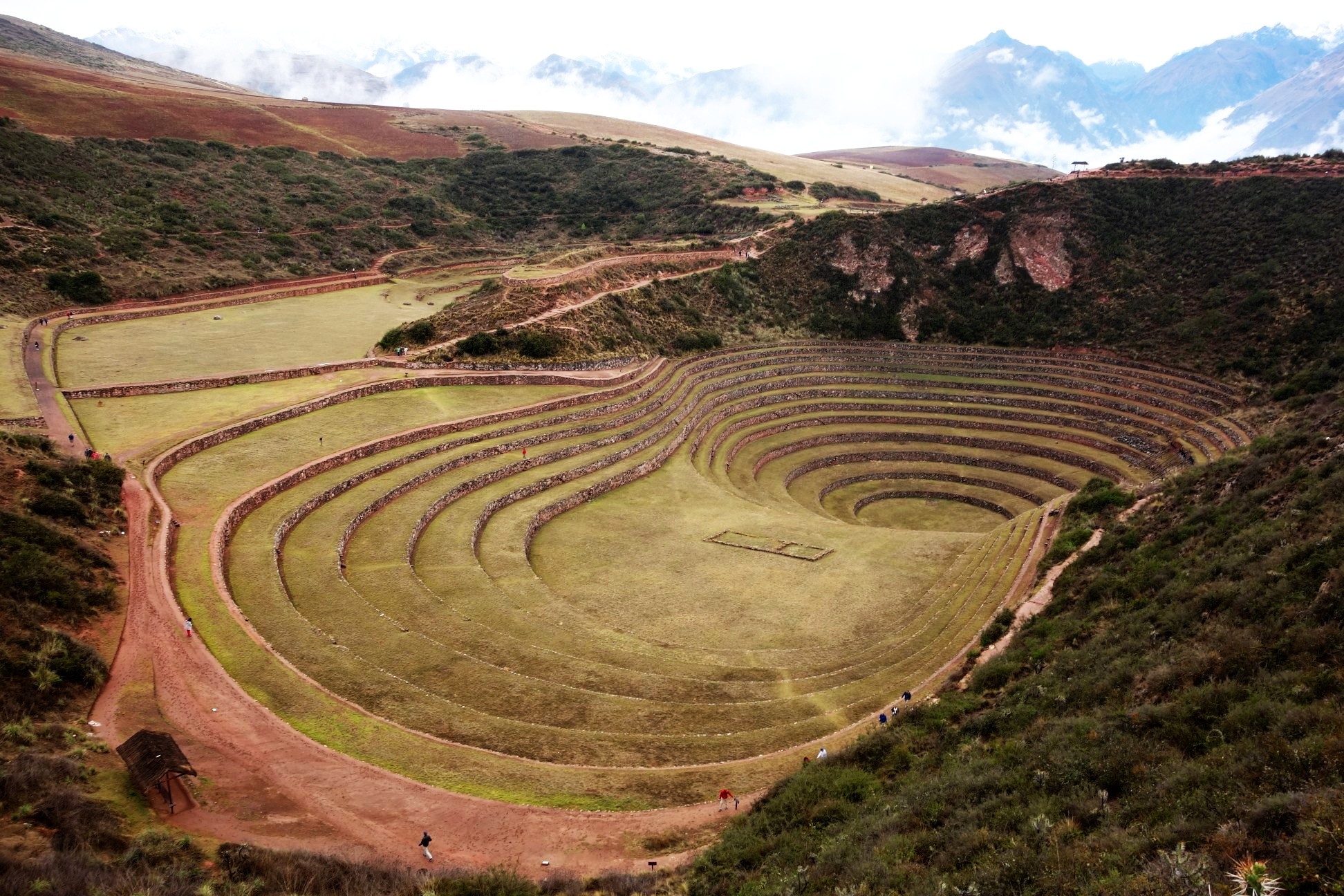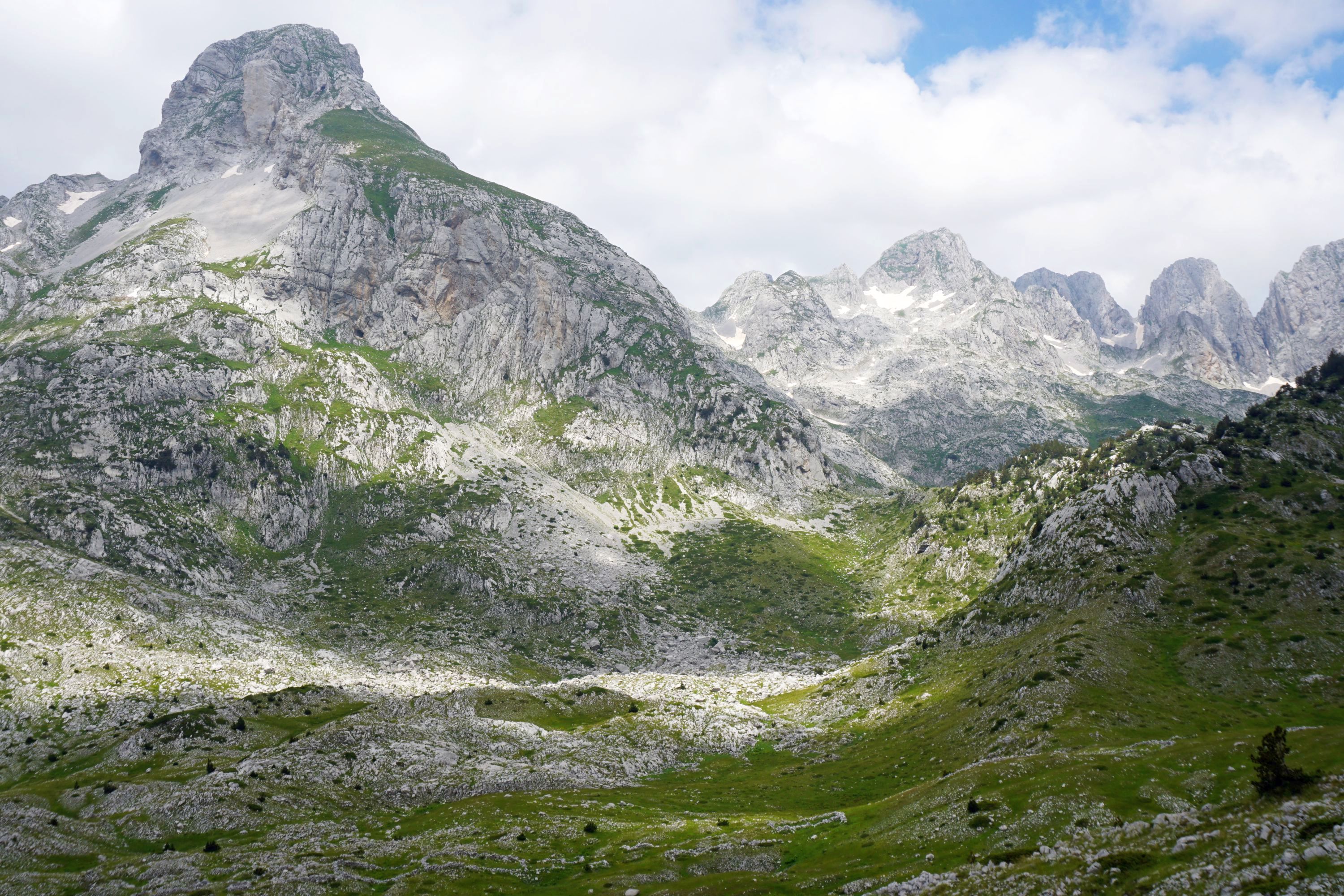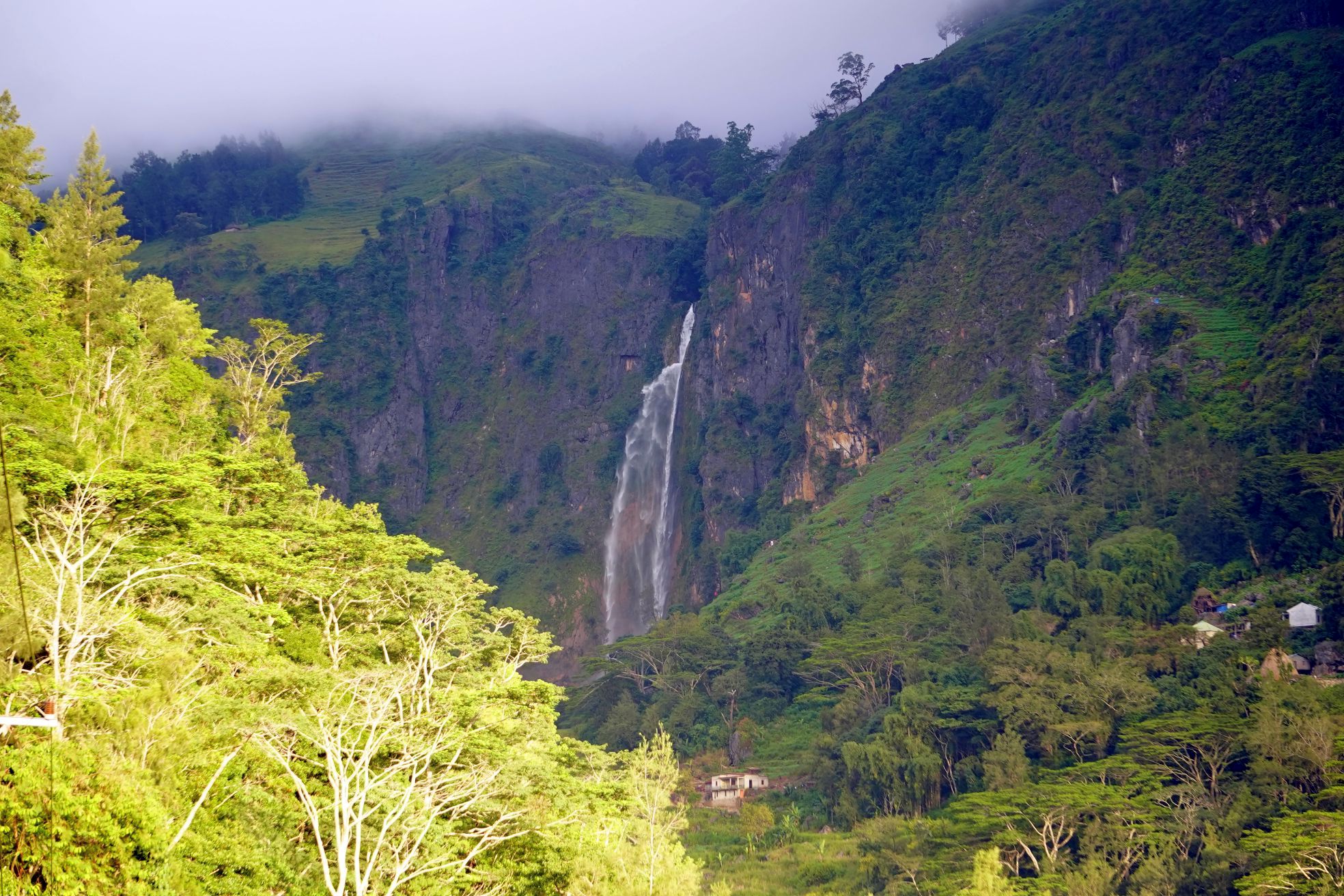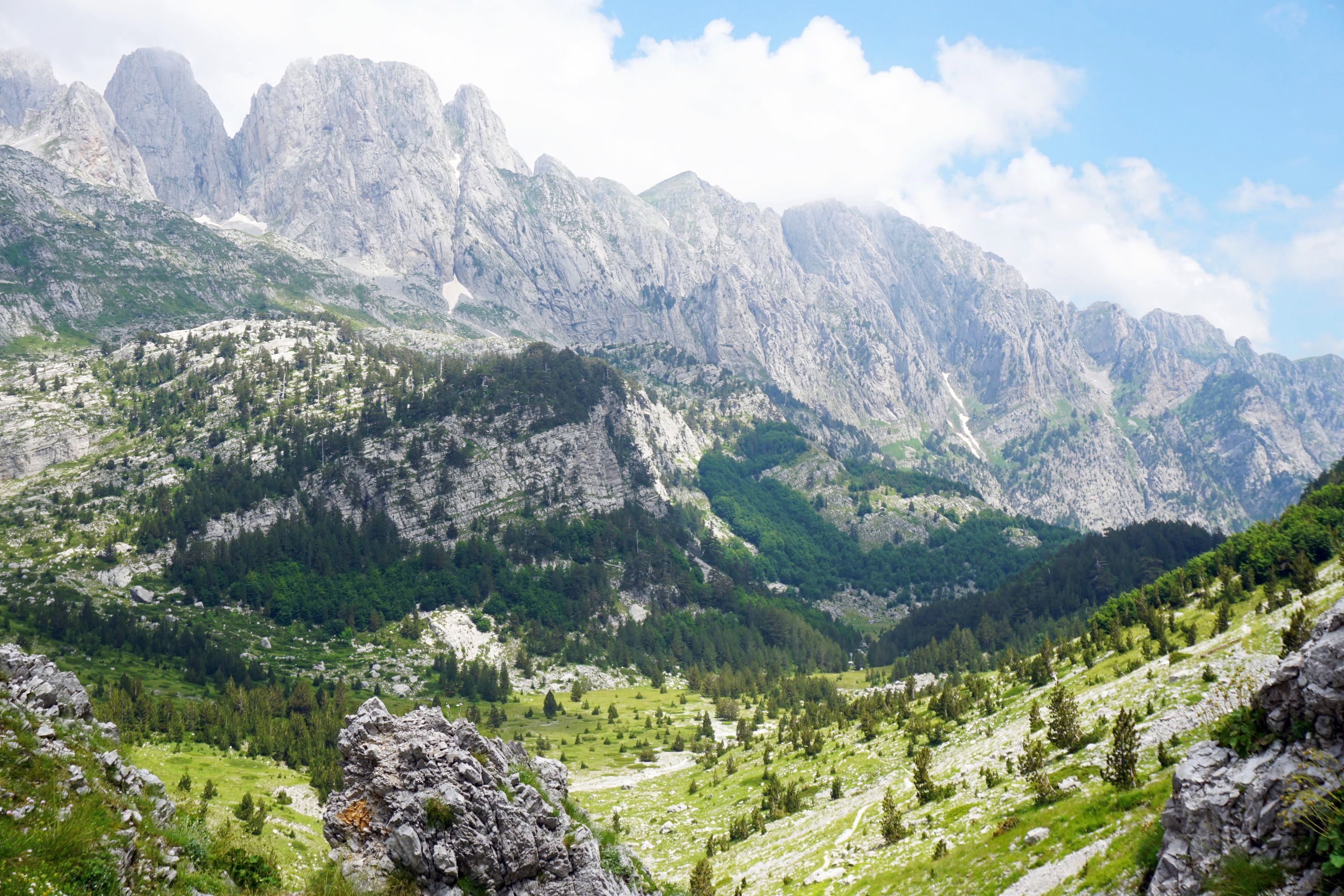The Sacred Valley region around Cusco was probably my favourite area visited on my trip to Peru, spending several days visiting some of the many fascinating places along the valley.
A memorable start was spending time with the Occotuan community, who continue traditions from the days of the Inca, including the use of different plants to create colourful dyes applied to alpaca wool. They were joined by representatives from other neighbouring communities, each of whom wear distinctively different clothing.
Heading further up the valley were some stunning views, both of the landscape, and Inca period stonework terraces.
On the outskirts of Ollantaytambo was this unusual hotel, formed of pods attached high up on the side of the cliff, reached by ladders, and descended by zipline. A pricey but memorable place to spend the night or visit for lunch.
Ollantaytambo itself is the only remaining town based on the original Inca grid layout and surrounded by terraces. It is also a bustling tourist hub for Manchu Picchu as the trains that are the only way to reach it (other than walking for several days) leave from here.
Above the town on two sides are spectacular examples of Inca ingenuity. I walked / climbed up to the remains of Pinkuylluna, Inca grain stores.
From here were great views of the town below, and the fortress and terraces on the opposite side of town.
Moray is home to some of the most beautiful terracing I saw in Peru, though for a practical purpose of creating micro climates to test growing different types of crops.
One of the most incredible things I’ve seen, the Salinas de Maras are four hundred year old salt pans. Hundreds of small ponds with salt encrusted edges cover the hillside, quite a sight.
Another impressive sight was the pre-Incan (11-14th century) remains of the walled Wari town of Pikillacta, thankfully near devoid of tourists which added hugely to the experience.
Rumicolca dates from the same time as Pikillacta, but was built on further by the Inca, with an obvious difference in the quality of the stonework.
Finally Tipon was another example of the Inca mastery of water, stone and earthworks to build extensive terraces along a valley. The rain and late afternoon kept most people away making for a peaceful exploration.




































Leave a Reply